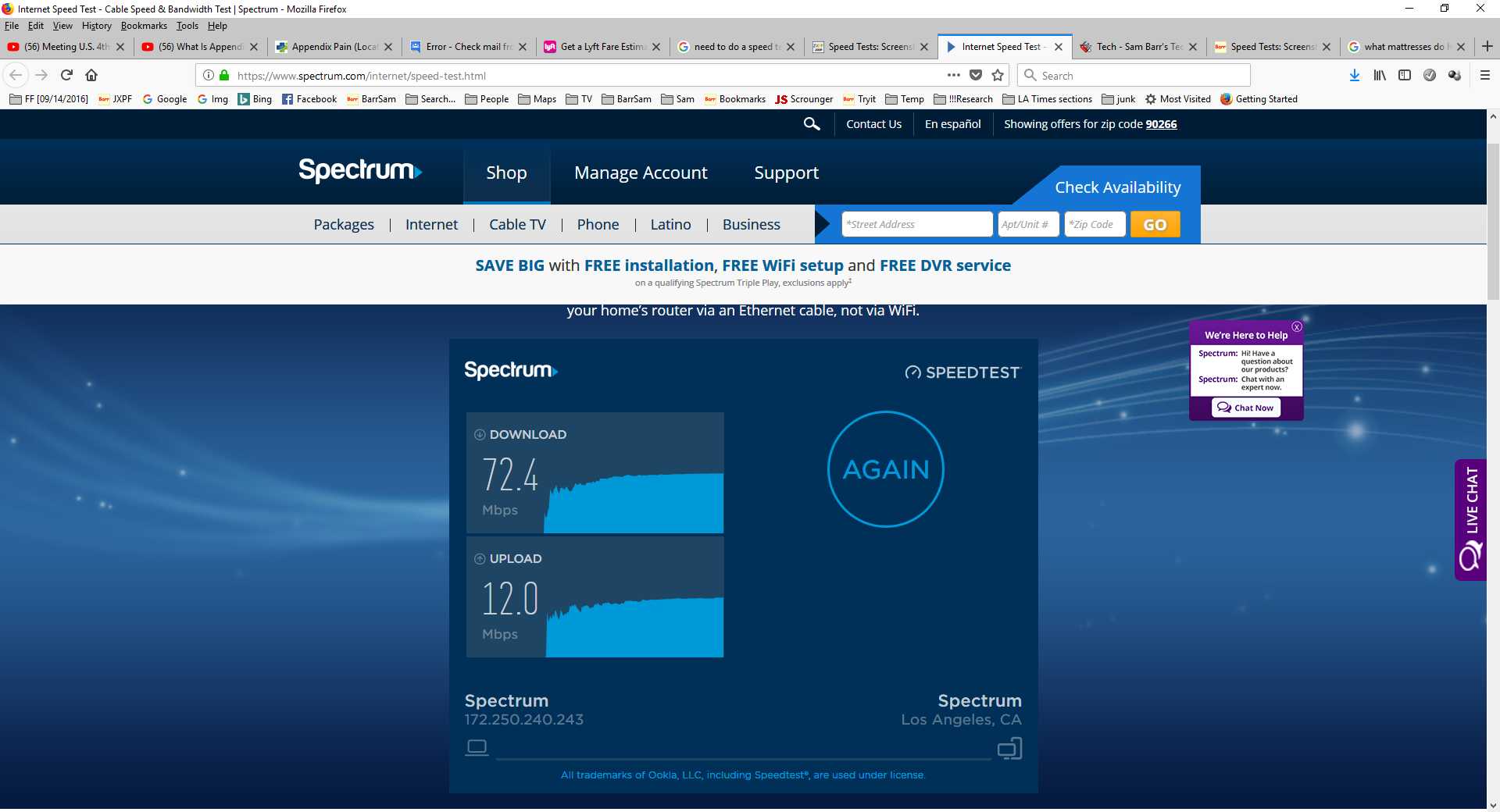
(This, incidentally, is why people keep trying to sell wireless solutions.
#SPEEDTEST FRONTIER HOW TO#
The rest is simple, you can set up a full fledged fiber ISP for under $1000 in equipment! Figure out how to dig up the street profitably and you unlock a ton of wealth. Didn't try it, but I imagine it would irritate people with its intrinsic flakiness and ugliness.)
#SPEEDTEST FRONTIER WINDOWS#
(I might have made some of those up I think "attotrenching" is what I called just running cables into people's windows and not burying them. and none of these worked in the real world. I've seen proposal after proposal for trenching, microtrenching, nanotrenching, picotrenching, attotrenching. If you figure out how to profitably get wires to people's houses, you solve the ISP's problems. If your building was on a street that already had open access tunnels, then we could serve you. My experience was the same at a NYC-based ISP.
#SPEEDTEST FRONTIER INSTALL#
When they ran out of easy install opportunities, expansion stopped. Google Fiber got a good deal in its partner cities to run the fiber next to existing power lines (which not every city has, they're all underground here). My experience from working at fiber ISPs is that the infrastructure is the hard part. People that want to use the Internet don't have enough money to do that, and that's why the business is tough. Think about how much money it costs to dig up a street and put cables under it, and then run them into each house along that street. There is the cartel effect going on (lobbying against municipal broadband), but even in the absence of that, it's still tough to be an ISP.

Forget about the difficulties of generation-long projects, this makes anything longer than 4 years highly uncertain. It was approve & construction begun on one administration, a final portion for it put on hold by another, then opened again by a third, a fourth stopped it again resulting in its backers cancelling it (seemingly) once and for all. Whether you're for or against it, the Keystone pipeline is a prime example of the insanity that results from this. On the other hand it means that very important pieces of public policy are even further removed from election accountability and subject to the whims of different administrations. Technically this allows agencies to be more nimble, or as much as possible in any lumbering bureaucracy. That's the double edged sword in the US of having executive level departments with wide latitude to set regulations with the weight of law behind them but not the same high barrier of changing them as it takes to change a law. (And that's before we even get into the issue of the public comment ballot box getting stuffed by copypasta spam in favor of killing net neutrality and wink-and-nudge blind eye turned away from it.) Then we got an FCC chair who not only took it away, but actively trolled people who were angry about it. In the US we had it for a brief period of time. I think you've either found a technical bug or a, uh, "the speedtest is good so my internet must be fine" "bug" (which would be very interesting). aaaand remember that it's persistent (for just the tab) until you turn it back off :) lol)Įdit: Just found downthread describing seeing 100Mbps through a 10Mbit hub. Now I'm curious what model PHY (well, NIC) you're using.įWIW, Chrome's devtools has a network rate limiter built in (network tab, dropdown that says "No throttling", open that and hit "add". I think speedtest websites try to measure both the burst rate and the line rate, so perhaps something's gotten very tangled up on both the PHY and JS sides. Remembering that experience got me thinking - without any idea what I'm talking about, I'm wondering if the PHY layer is doing something vaguely similarly stupid-simple that does technically limit the line rate to 10Mb at full blast, but still allows throughput to very briefly burst higher than that.

(I'm still looking for a way to synthetically limit a link in ways that are physically accurate.) IIRC I was just playing with the default approaches you'd find bandied about on tutorial websites and such. While stumbling around attempting to figure out `tc qdisc` a while back I found that the shaping it was applying was very synthetic, such that asking for low bitrate and high latency would mean the kernel would just wait a second or two then shunt several KB of data through at once. You mean you told the PHY to renegotiate at 10M with something like `ethtool -s speed 10`?


 0 kommentar(er)
0 kommentar(er)
